Market Share
Carrageenan Market Share Analysis
In the Carrageenan market, effective market share positioning strategies are essential for brands to thrive in a competitive environment. One core strategy involves emphasizing the versatile applications of Carrageenan in various industries. As a natural hydrocolloid derived from seaweed, Carrageenan finds uses in food products, pharmaceuticals, cosmetics, and even in pet care items. By highlighting its multifunctionality, brands can position themselves as comprehensive solution providers, appealing to a broad range of consumers across different sectors.
Quality assurance is paramount in the Carrageenan market. Brands that prioritize the sourcing of high-quality raw materials and adhere to strict production standards set themselves apart. Certifications and transparent communication regarding the purity and safety of Carrageenan products build trust among consumers. Given the increasing demand for clean label ingredients, brands can leverage their commitment to quality to appeal to health-conscious consumers.
Differentiation through product innovation is a key market share positioning strategy. Investing in research and development to create new formulations, blends, or modified versions of Carrageenan that address specific industry needs can be a game-changer. For instance, developing Carrageenan variants with enhanced gelling properties for the food industry or improved stability for cosmetic applications allows brands to meet evolving market demands and stand out in a crowded market.
Strategic pricing is crucial, especially in a market where Carrageenan serves diverse industries with different budget considerations. Brands can adopt competitive pricing strategies to cater to the varied needs of clients in food, pharmaceuticals, or other sectors. Additionally, offering bulk purchasing options, discounts for long-term contracts, or loyalty programs enhances customer retention and contributes to a brand's market share.
Distribution channels play a pivotal role in market positioning. Ensuring Carrageenan products are accessible through a well-established distribution network, including partnerships with wholesalers, retailers, and online platforms, is essential. By optimizing distribution channels, brands can reach a wider customer base and reinforce their position as reliable suppliers in the Carrageenan market.
Educational marketing is instrumental in creating awareness and influencing purchasing decisions in the Carrageenan market. Brands that invest in informative marketing campaigns, explaining the benefits, applications, and sustainable sourcing practices of Carrageenan, can build a knowledgeable consumer base. Providing educational content through online platforms, seminars, or collaborations with industry experts contributes to a positive brand image and positions the brand as a leader in the Carrageenan market.
Strategic partnerships and collaborations with industries that heavily rely on Carrageenan can contribute to market share positioning. For instance, partnering with food manufacturers, pharmaceutical companies, or cosmetic brands can lead to integrated solutions and mutually beneficial relationships. Such collaborations not only expand the brand's reach but also reinforce its expertise and credibility in the respective industries.
Sustainability practices are increasingly important in consumer preferences. Brands that prioritize eco-friendly and responsible sourcing of seaweed for Carrageenan production, along with sustainable packaging practices, align with the values of environmentally conscious consumers. Highlighting these sustainable practices not only enhances the brand's image but also positions it as a socially responsible player in the Carrageenan market.

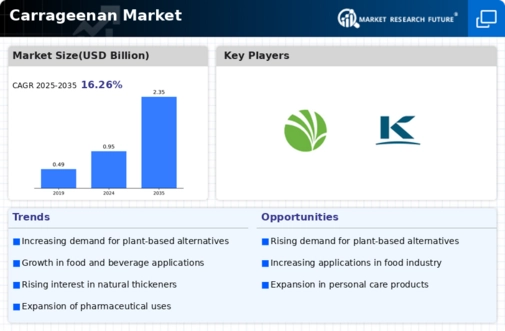
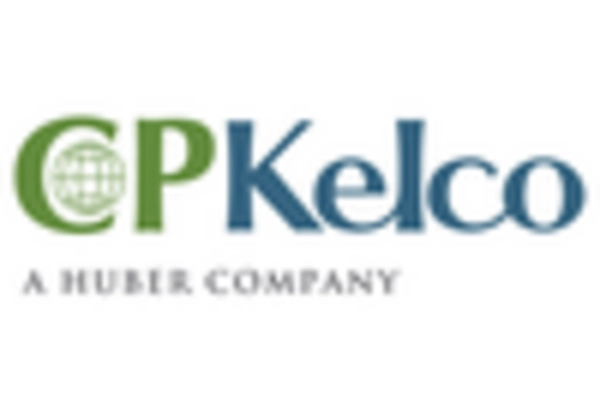
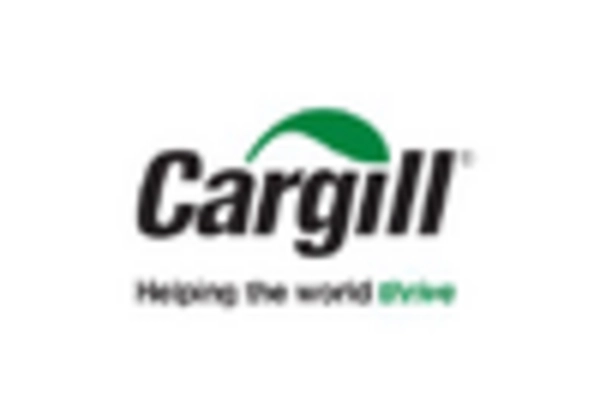
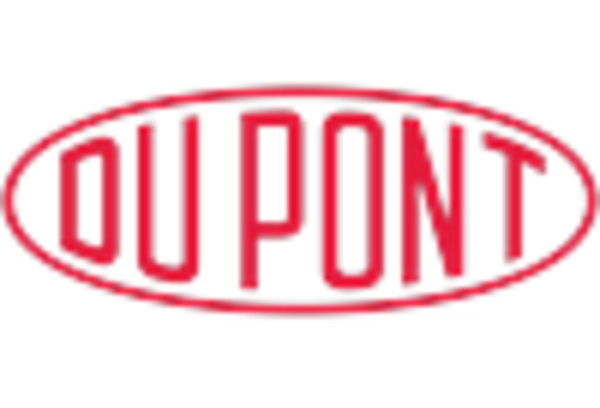


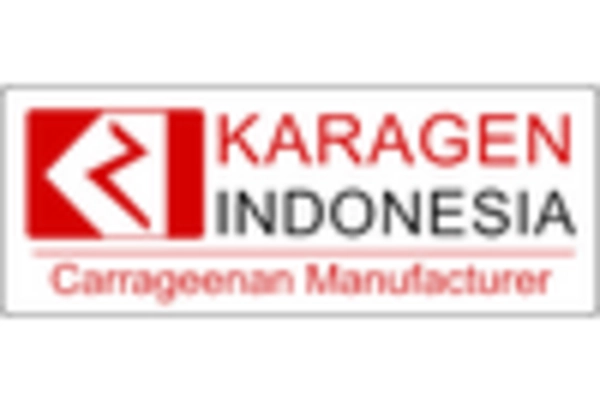









Leave a Comment